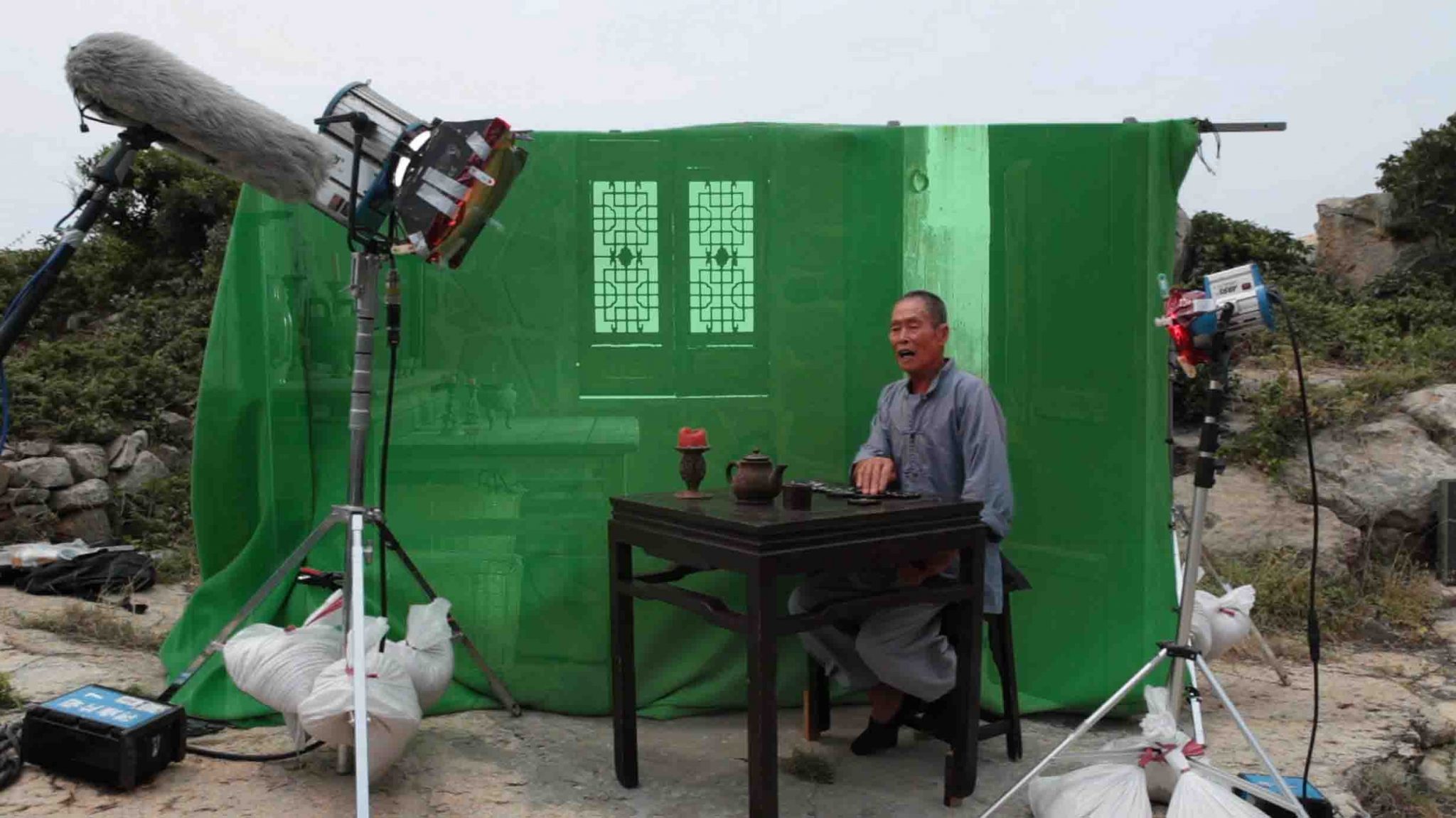ArtReview sent a questionnaire to a selection of the artists exhibiting in various national pavilions of the Venice Biennale, the responses to which will be published over the coming days. We spoke to Esther Lu, who has curated This Is Not A Taiwanese Pavilion, with work by Bernd Behr, Chia-Wei Hsu and Kateřina Šedá with collective Batežo Mikilu. The pavilion is at Palazzo delle Prigioni, Castello 4209, San Marco
What can you tell us about your plans for Venice?
My project, This is not a Taiwan Pavilion, attempts to engage audience’s imagination on a dialectic process to contemplate on two paradoxes: “strangers” and “us”, and the one suggested by the title to enact a new process of subjectification. Questions around memory, identity, historiography and perception are unfolded by three art projects by Bernd Behr, Chia-Wei Hsu and Kateřina Šedá+Batežo Mikilu. This exhibition serves as a form of agency that creates multiple narratives of the here and now, and shares concerns for coexistence by exposing various contemporary mechanism of ideology making.
Are you approaching the show in a different way to how you would with a ‘normal’ exhibition?
Some specific parameters are considered in my curatorial approach. First, the very context of this exhibition is called as the point of departure to reflect the problematic of its existence and presentation in the Venice Biennale. By shaping a stranger from within via its title, it creates a narrative turn in its own history. Second, it’s my first time to make an exhibition title not as a theme, but rather a speech act that corresponds to three art projects in three ways. It creates an ambiguous spacetime to present Behr’s Chronotopia. It serves as an aesthetic reference shared by Hsu’s Marshal Tie Jia, in which he employs green screen filming technique to expose the structure of narratives. This title also acts to unfold the narratives of the exhibition context, as in my hometown, most people regard it as the Taiwan Pavilion. Then, it also composes a mirror relation to Šedá’s project This is not a Czech Pavilion, which begins with a topological approach to vary and connect perceptions and relations.
What does it mean to ‘represent’ country? Do you find it an honour or problematic?
It is a great honour to present this project in Venice. I have tried to resolve the problematic of representation for a de facto country in my curatorial concept and find a peaceful solution to working within this framework. I hope the exhibition will project some criticality to the circumstances it operates within. Together in Venice we celebrate not only art, but what art enables us to think and act. It’s to my belief that autonomy of art should not be overlooked even in a politically charged context to “represent” a sort of national image or its relevant resemblances.
What audience are you addressing with the work? The masses of artist peers, gallerists, curators and critics concentrated around the opening or the general public who come through over the following months?
Venice Biennale is quite particular in terms of number and the spectrum of professional audience. I would not hide our considerations for art professionals. For instances, we do have series of events that only take place during the vernissage and we will distribute a limited edition of the catalogue that features a second reading/presentation of the projects. I’ve also organised a workshop programme for some young curators to coproduce more local vocabularies and literature on critiques of curatorial works, exhibition making, etc., and this aims to communicate with the local audience back in Taiwan. Nevertheless, we also try to serve the general public. I hope this exhibition can communicate with people in different means.
What are your earliest or best memories of the biennale?
My first visit to Venice Biennale was in 2005, and I was assisting Taiwanese artist Chen Chieh-Jen as his interpreter. It was my first experience of this mega show. I remember I kept bumping into so many artists’ assistants I already knew back then from around the world during the installation in Giardini, and it really thrilled me with this massive scale of productions. Then, more artists and curators were pouring in during the opening and on endless parties. It was indeed a remarkable experience for me to have a glance on the structure, traffic, network and operation of the artworld economic. I came to realize how different worlds could parallel to one another and magically coexist together through art.
You’ll no doubt be very busy, but what else are you looking forward to seeing?
There are many exciting exhibitions and programs this year, and I really hope I won’t miss them. To just name a few, I would like to see Lithuanian, British, French, German, Thai and Korean pavilions, and I really look forward to Massimiliano Gioni’s exhibition.
